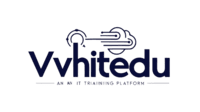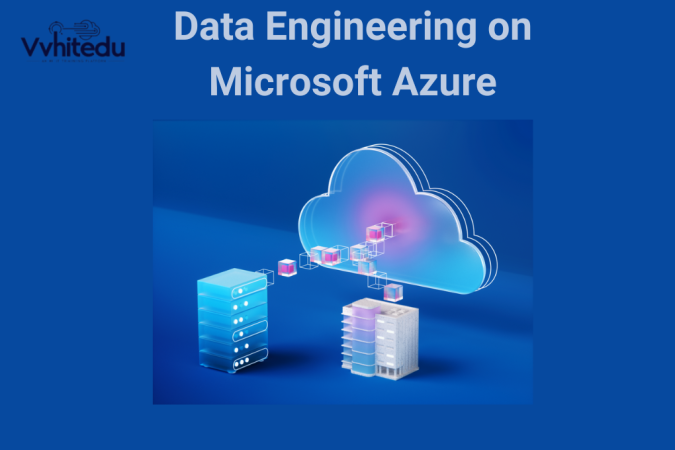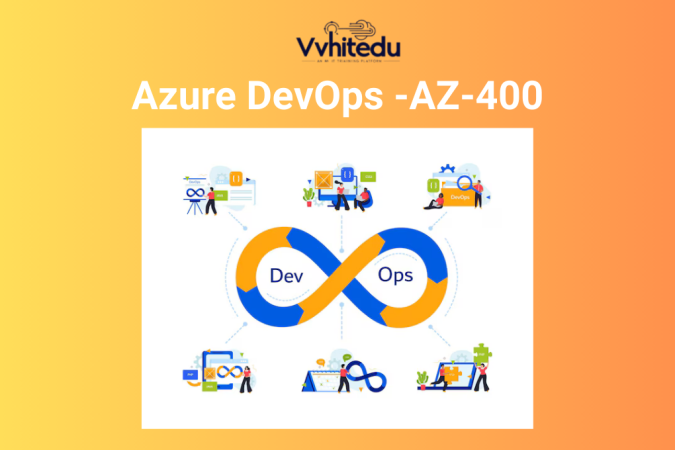What you’ll learn
Python for Data Science
Python Basics
- Variables, Numbers, Strings
- Lists, Dictionaries, Sets, Tuples
- Conditional Statements: If-Else, Switch
- Loops: For, While
- Functions, Lambda functions
- Libraries for Data Science: Numpy, Pandas, SciKit-Learn, Matplotlib
Data Manipulation & Analysis with Python
- Numpy: Working with arrays, mathematical operations
- Pandas: DataFrames, handling missing data, groupby, merging, and joining datasets
- Matplotlib/Seaborn: Data visualization, plotting histograms, pie charts, scatter plots, etc.
- SciKit-Learn: Basic machine learning functions, preprocessing
- Math and Statistics for Data Science
Basics of Statistics
- Descriptive vs Inferential statistics
- Continuous vs Discrete Data, Nominal vs Ordinal Data
- Measures of Central Tendency: Mean, Median, Mode
- Measures of Dispersion: Variance, Standard Deviation
- Probability Basics
- Distributions: Normal Distribution, Exponential, Binomial
- Correlation and Covariance
- Central Limit Theorem
- Hypothesis Testing: P-value, Confidence Interval, Type 1 vs Type 2 Error, Z-test, T-test, ANOVA
- Machine Learning – Preprocessing and Feature Engineering
Data Preprocessing
- Handling NA values, outlier treatment
- Data Normalization and Standardization
- Encoding: One-Hot Encoding, Label Encoding
- Feature Engineering and Feature Selection
- Train-Test Split, Cross-validation
- Machine Learning – Model Building
Supervised Learning
- Types of Supervised Learning: Regression vs Classification
- Linear Models: Linear Regression, Logistic Regression
- Gradient Descent: Introduction to optimization
- Nonlinear Models (Tree-based Models):
- Decision Tree, Random Forest, XGBoost
- Model Evaluation:
- Regression Metrics: Mean Squared Error (MSE), Mean Absolute Error (MAE), MAPE
- Classification Metrics: Accuracy, Precision, Recall, F1 Score, ROC Curve, Confusion Matrix
- Hyperparameter Tuning: GridSearchCV, RandomSearchCV
Unsupervised Learning
- Clustering: K-means, Hierarchical Clustering
- Dimensionality Reduction: Principal Component Analysis (PCA)
- Deep Learning
Introduction to Neural Networks
- Basics of Artificial Neural Networks (ANN)
- Convolutional Neural Networks (CNN): Understanding CNN architecture for image recognition
- Recurrent Neural Networks (RNN): LSTM and GRU networks for sequential data
- Natural Language Processing (NLP)
Text Processing and Feature Extraction
- Regular Expressions (Regex) for text preprocessing
- Text Representation:
- Count Vectorizer, TF-IDF, Bag of Words (BOW), Word2Vec
- Introduction to Word Embeddings and Pre-trained models like GloVe
- Text Classification: Using Naïve Bayes, SVM, and Logistic Regression for NLP
- Spacy & NLTK: Introduction to popular NLP libraries for text processing and feature extraction
- End-to-End Machine Learning & Deep Learning Projects
- Project 1: Predictive Analytics for Sales Forecasting using Linear Regression and Time-Series Forecasting
- Project 2: Customer Segmentation using K-Means Clustering and Hierarchical Clustering
- Project 3: Sentiment Analysis using NLP and Deep Learning models (e.g., LSTM, BERT)
- Capstone Project: End-to-End Data Science Project to solve a real-world business problem, including data collection, cleaning, modeling, evaluation, and deployment.
- Model Deployment and Cloud Computing
- Model Deployment: Using Flask/Django to create REST APIs for model deployment
- Introduction to Docker for containerization
- Deployment on Cloud Platforms (AWS, GCP, or Azure) using services like AWS Sagemaker or Azure ML
- CI/CD Pipelines for Machine Learning models: Automating the process of retraining and redeployment
- Data Science Tools and Technologies
- Version Control: Using Git/GitHub for managing code
- Big Data: Introduction to handling big data with Hadoop and Spark
- Cloud Computing: Overview of using AWS, Google Cloud, and Azure for scalable infrastructure and deployments
- Data Visualization: Advanced visualization techniques with Tableau, Power BI, and Plotly for interactive dashboards
- Career Guidance and Job Preparation
- Resume building and job application strategies for data science roles
- Common Interview Questions: SQL, Python, Machine Learning, and Statistics
- Mock Interviews with Data Science professionals
- Portfolio Development: Building a strong GitHub profile with your projects
- Interview Coaching: Tips on handling coding rounds, case studies, and behavioral questions
End-Goal of the Course:
This course is designed to provide you with the skills necessary to become a Data Scientist. By mastering programming, statistical analysis, machine learning, deep learning, and data visualization, you will be equipped to solve complex problems, analyze data efficiently, and deploy predictive models. The Capstone Projects will enable you to showcase your skills and build a strong portfolio for future employers. By the end of this course, you will have the practical knowledge needed to pursue roles such as Data Scientist, Machine Learning Engineer, Data Analyst, and AI Engineer.




